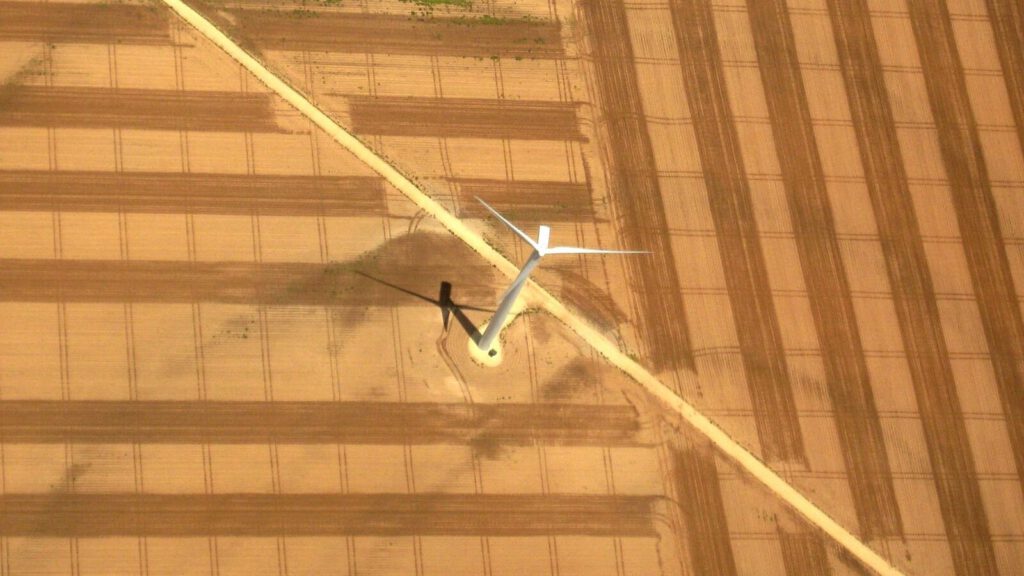By Paul Furnee, 28 March 2017
Who knew his greatness as flight instructor and his sense of humor and his ability to establish smart correlations, will recognize Pauls language in this short, educational and humoristic essay.
Energy management principles
Whenever an aircraft is airborne it has stored energy. This energy manifests itself as Altitude (potential energy) and Airspeed (Kinetic energy). Energy is constantly being spent by the varying drag forces and hopefully is replenished by the addition of fuel (Power, Chemical energy). Spending and replenishment being equal, the aircraft maintains airspeed and altitude.
To affect a landing, the total energy of the aircraft is managed such that it runs out of all energy at the runway threshold. Managing this energy is the job of the pilot, or in the case of an unmanned aircraft, a computer. A superb demonstration of proper energy management is the landing of the space shuttle.
An excellent analogy to energy management is financial management of a retiree. We start with a fixed retirement nest egg (Altitude), some pocket change (Airspeed), and necessary expenses for living (Drag). Hopefully you have a retirement income (Fuel) which may or may not be sufficient to replenish your retirement account. The idea is to run out of money the day you die (Land), not before, and without leaving too much to your heirs (Going off the end of the runway).
Managing aircraft energy is easier than managing your finances because you know where you want to end up and when. Smart financial management is to always have a bit of extra money (Altitude or airspeed) in case of an unexpected expense (Headwind or a downdraft). If you run out of airspeed it is analogous to running out of money for daily expenses. You can recover by drawing money from your bank account, but it may cost you dearly. So it is always wise to keep a little extra pocket change.
Now you might have the luxury of an income (Power), and you can always factor that into how fast you are spending your money. We assume that the older you get the less income you will receive. And if that income should suddenly stop, it’s a good idea to have sufficient reserves to meet your goal. It might also be the case that you are operating entirely on remaining energy (money), in which case you must make it last and not spend it too soon. Again the wise person will always have a little extra pocket change (Airspeed) or money in the bank (Altitude).
Now thinking about managing aircraft energy, when at altitude and planning a landing, it is a good idea to always be a bit higher than you need to be. Do NOT reduce airspeed, power or altitude
unless it is absolutely necessary to do so. Always be a bit too high, or a bit too fast for your intended landing spot. Energy can be conserved, if necessary, by operating at best L/D speed (analogous to minimum daily sustenance), but NEVER below this speed. Alternatively, excess energy can be spent by excess airspeed or by adding drag (Wheels and flaps).
When planning a descent, manage your energy such that you NEVER need to add power (That’s like going back to work in retirement), and don’t depend on the government to increase your Social Security check. If you are ALWAYS too high and too fast, you should never need to add power.
